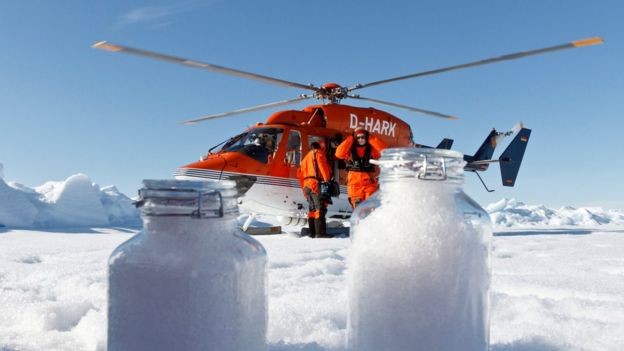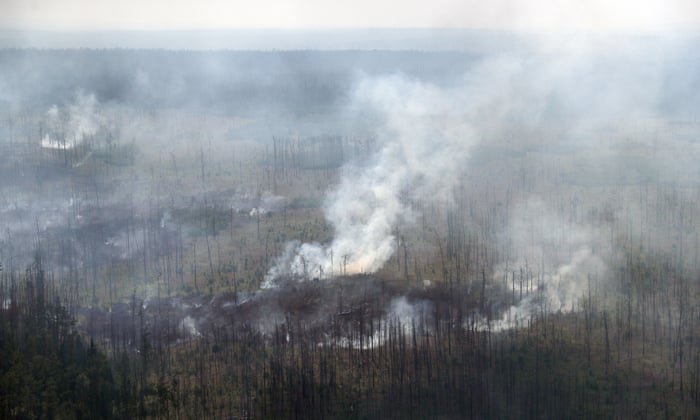'We are 50 to 100 years ahead of schedule with the slowdown of this ocean circulation pattern,' says climate scientist Michael Mann.
A stubborn blue spot of cool ocean temperatures stands out like the proverbial sore thumb in a recent NASA image of the warming world – a circle of cool blue on a planet increasingly shaded in hot red.

Watch the video
A region of the North Atlantic south of Greenland has experienced some of its coldest temperatures on record in recent years, a cooling unprecedented in the past thousand years. What explains that anomaly?
Climatologist Michael Mann of Penn State University, in this month’s “This is Not Cool” video, explains that this phenomenon may be an indication that the North Atlantic current, part of a larger global ocean circulation, is slowing down.
This current played a role in the 2004 science fiction movie The Day After Tomorrow, a film that was “based on science, but greatly overblown” and that therefore “frustrated a lot of climatologists,” Jason Box of the Geological Survey of Denmark and Greenland points out.
Stefan Rahmstorf of the University of Potsdam, Germany, says this circulation – called the thermohaline circulation, but popularly known to many in the U.S. as “the Gulf Stream” – keeps northern Europe several degrees warmer than it would otherwise be at that latitude.
Continue reading at: Video: The North Atlantic ocean current, which warms northern Europe, may be slowing » Yale Climate Connections
A stubborn blue spot of cool ocean temperatures stands out like the proverbial sore thumb in a recent NASA image of the warming world – a circle of cool blue on a planet increasingly shaded in hot red.

Watch the video
A region of the North Atlantic south of Greenland has experienced some of its coldest temperatures on record in recent years, a cooling unprecedented in the past thousand years. What explains that anomaly?
Climatologist Michael Mann of Penn State University, in this month’s “This is Not Cool” video, explains that this phenomenon may be an indication that the North Atlantic current, part of a larger global ocean circulation, is slowing down.
This current played a role in the 2004 science fiction movie The Day After Tomorrow, a film that was “based on science, but greatly overblown” and that therefore “frustrated a lot of climatologists,” Jason Box of the Geological Survey of Denmark and Greenland points out.
Stefan Rahmstorf of the University of Potsdam, Germany, says this circulation – called the thermohaline circulation, but popularly known to many in the U.S. as “the Gulf Stream” – keeps northern Europe several degrees warmer than it would otherwise be at that latitude.
Continue reading at: Video: The North Atlantic ocean current, which warms northern Europe, may be slowing » Yale Climate Connections





